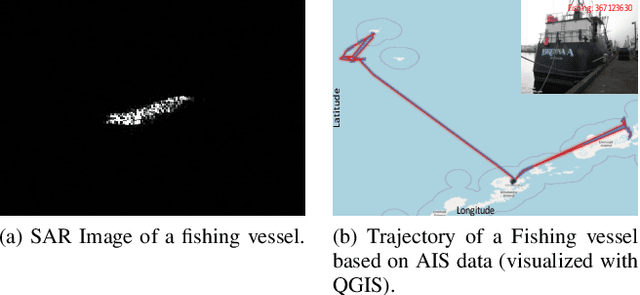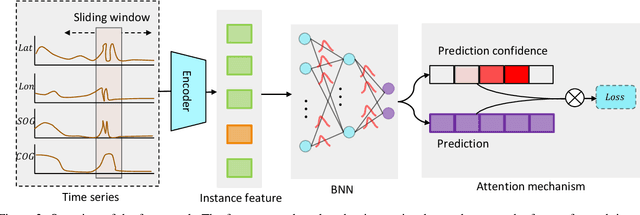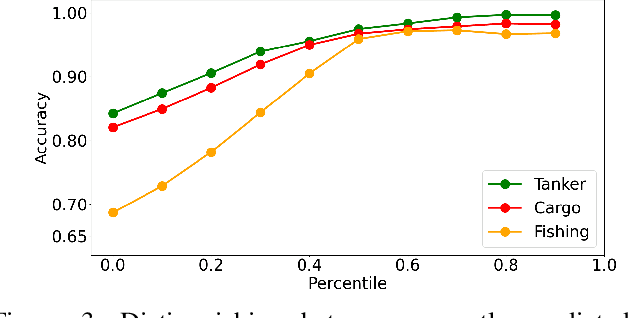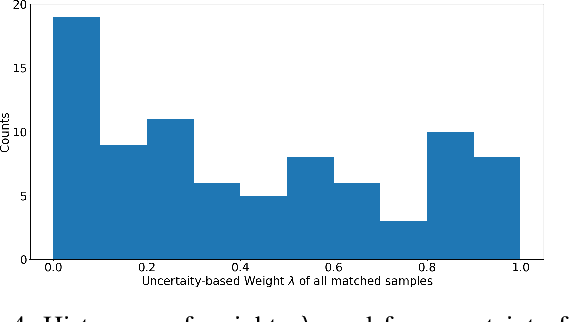Weishi Shi
Wearable Sensor-Based Few-Shot Continual Learning on Hand Gestures for Motor-Impaired Individuals via Latent Embedding Exploitation
May 14, 2024Abstract:Hand gestures can provide a natural means of human-computer interaction and enable people who cannot speak to communicate efficiently. Existing hand gesture recognition methods heavily depend on pre-defined gestures, however, motor-impaired individuals require new gestures tailored to each individual's gesture motion and style. Gesture samples collected from different persons have distribution shifts due to their health conditions, the severity of the disability, motion patterns of the arms, etc. In this paper, we introduce the Latent Embedding Exploitation (LEE) mechanism in our replay-based Few-Shot Continual Learning (FSCL) framework that significantly improves the performance of fine-tuning a model for out-of-distribution data. Our method produces a diversified latent feature space by leveraging a preserved latent embedding known as \textit{gesture prior knowledge}, along with \textit{intra-gesture divergence} derived from two additional embeddings. Thus, the model can capture latent statistical structure in highly variable gestures with limited samples. We conduct an experimental evaluation using the SmartWatch Gesture and the Motion Gesture datasets. The proposed method results in an average test accuracy of 57.0\%, 64.6\%, and 69.3\% by using one, three, and five samples for six different gestures. Our method helps motor-impaired persons leverage wearable devices, and their unique styles of movement can be learned and applied in human-computer interaction and social communication.
Uncertainty-Aware Multiple Instance Learning from Large-Scale Long Time Series Data
Nov 21, 2021



Abstract:We propose a novel framework to classify large-scale time series data with long duration. Long time seriesclassification (L-TSC) is a challenging problem because the dataoften contains a large amount of irrelevant information to theclassification target. The irrelevant period degrades the classifica-tion performance while the relevance is unknown to the system.This paper proposes an uncertainty-aware multiple instancelearning (MIL) framework to identify the most relevant periodautomatically. The predictive uncertainty enables designing anattention mechanism that forces the MIL model to learn from thepossibly discriminant period. Moreover, the predicted uncertaintyyields a principled estimator to identify whether a prediction istrustworthy or not. We further incorporate another modality toaccommodate unreliable predictions by training a separate modelbased on its availability and conduct uncertainty aware fusion toproduce the final prediction. Systematic evaluation is conductedon the Automatic Identification System (AIS) data, which is col-lected to identify and track real-world vessels. Empirical resultsdemonstrate that the proposed method can effectively detect thetypes of vessels based on the trajectory and the uncertainty-awarefusion with other available data modality (Synthetic-ApertureRadar or SAR imagery is used in our experiments) can furtherimprove the detection accuracy.
 Add to Chrome
Add to Chrome Add to Firefox
Add to Firefox Add to Edge
Add to Edge